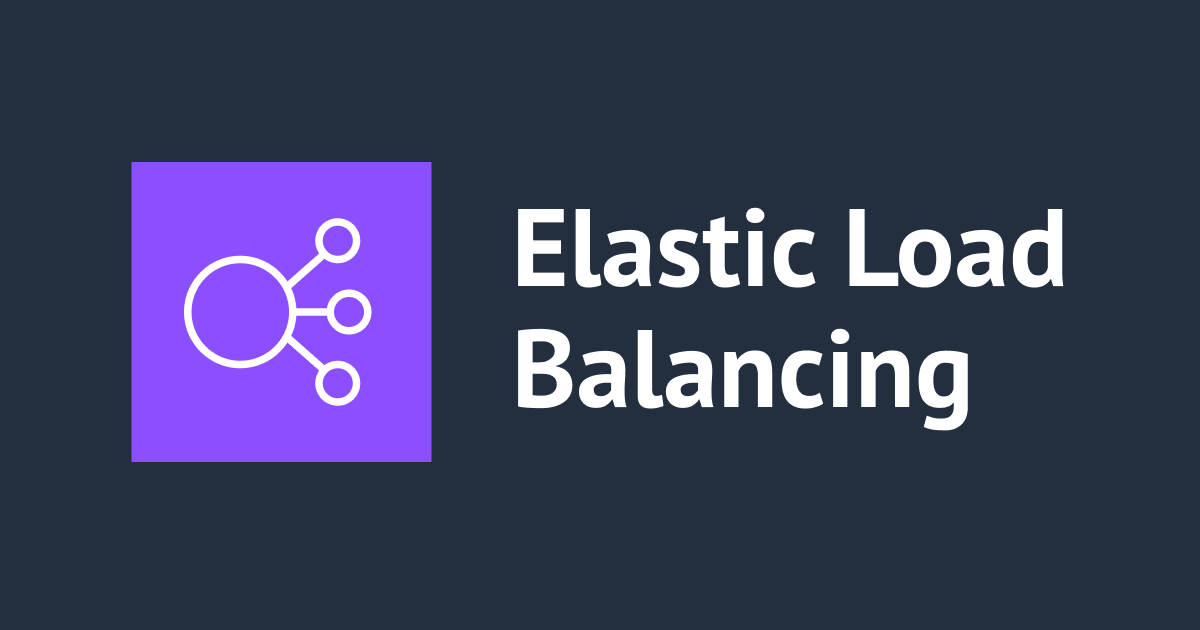
Create a Token-based Lambda Authorizer
Introduction
I tried creating a lambda authorier for the API Gateway. Lambda authorizer is a useful feature to implement custom authorization scheme. It uses a bearer token authentication strategy such as OAuth or SAML.
This blog-post will walk you through creating a token-based Lambda Authorizer for API Gateway, allowing you to control access to your resources based on bearer tokens.
Workflow
- Client Request: The client initiates a request to API methods (e.g., GET, POST, PUT, DELETE).
- API Gateway Invocation: API Gateway triggers the configured Lambda Authorizer.
- Authorization Check: The Lambda Authorizer verifies the caller's identity using the provided bearer token.
- IAM Policy Generation: Based on the token's validity, the Lambda Authorizer generates an IAM policy.
- Access Evaluation: API Gateway evaluates the IAM policy and either allows or denies access to the requested resource.
Types of Lambda Authorizer
- Token-based lambda authorizer: Utilizes bearer tokens for authentication, such as OAuth 2.0 or JWT-based systems.
- Request parameter-based lambda authorizer: Authentication information is passed directly within the request parameters, like query parameters or form data.
Prerequisites
- AWS account with appropriate permissions.
- Resources and methods configured in API Gateway.
Creating a Token-based Lambda Authorizer
Step 1: Create a lambda function for Authentication
This function will serve as custom authorizer. We can write the authentication and authorization logic inside this function, such as token validation or user role checks.
Below is the sample code for simple authorization
// A simple token-based authorizer example to demonstrate how to use an authorization token
// to allow or deny a request. In this example, the caller named 'user' is allowed to invoke
// a request if the client-supplied token value is 'allow'. The caller is not allowed to invoke
// the request if the token value is 'deny'. If the token value is 'unauthorized' or an empty
// string, the authorizer function returns an HTTP 401 status code. For any other token value,
// the authorizer returns an HTTP 500 status code.
// Note that token values are case-sensitive.
export const handler = function (event, context, callback) {
var token = event.authorizationToken
switch (token) {
case 'allow':
callback(null, generatePolicy('user', 'Allow', event.methodArn))
break
case 'deny':
callback(null, generatePolicy('user', 'Deny', event.methodArn))
break
case 'unauthorized':
callback('Unauthorized') // Return a 401 Unauthorized response
break
default:
callback('Error: Invalid token') // Return a 500 Invalid token response
}
}
// Help function to generate an IAM policy
var generatePolicy = function (principalId, effect, resource) {
var authResponse = {}
authResponse.principalId = principalId
if (effect && resource) {
var policyDocument = {}
policyDocument.Version = '2012-10-17'
policyDocument.Statement = []
var statementOne = {}
statementOne.Action = 'execute-api:Invoke'
statementOne.Effect = effect
statementOne.Resource = resource
policyDocument.Statement[0] = statementOne
authResponse.policyDocument = policyDocument
} // Optional output with custom properties of the String, Number or Boolean type.
authResponse.context = {
stringKey: 'stringval',
numberKey: 123,
booleanKey: true,
}
return authResponse
}
Step 2: Configure API Gateway Authorizer
Navigate to the API Gateway console and select your API. Under the "Authorizers" section, create a new authorizer and choose "Lambda Function" type. Specify the ARN of the Lambda function created in Step 1.
Step 3: Attach Authorizer to API endpoint
Step 4: Test Authorization
Conclusion
API Gateway Lambda Authorizers offer a robust solution for implementing secure authentication and authorization in serverless applications. By leveraging Lambda functions for custom authorization logic, you can ensure that only authenticated and authorized users access your API endpoints. Incorporate Lambda Authorizers into your serverless architecture to enhance security, centralize management, and scale effectively.







![[アップデート] Amazon Redshift Serverless の最小ベースキャパシティが8RPUから4RPUに削減されました!](https://images.ctfassets.net/ct0aopd36mqt/wp-thumbnail-63f1274931b942e9a92e601c1127ad73/cfe87ec6d62fa2fc3c474ed4cb2f6c2e/amazon-redshift)

